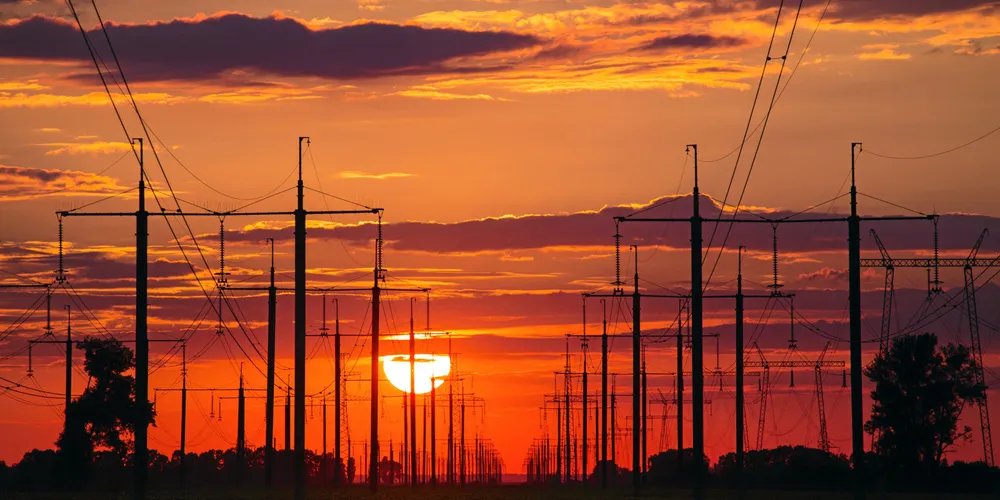Warning 'unprepared' US grid can't keep up with booming power demand
Shortfall threatens ramp-up of investments in areas such as manufacturing and data centres, says study

US electricity demand is growing faster than forecast but grids can’t keep up, creating potential headwinds for $630bn in recently announced data centre, industrial, and manufacturing projects, many tied to the clean energy supply chain, according to a new report by consultancy firm Grid Strategies.
Over the past year, grid planners nearly doubled the 5-year load growth forecast from 2.6% to 4.7%, as reflected in their 2023 filings to the Federal Energy Regulatory Commission (FERC), an independent government agency whose brief includes regulation of transmission and bulk sale of electricity in interstate commerce.
Grid planners forecast peak demand growth of 38GW through 2028, requiring rapid planning and construction of new generation and transmission.
“This is likely an underestimate: Several more recent updates are adding additional GWs to that forecast. Next year’s forecast is likely to show an even higher nationwide growth rate,” said the report.
President Joe Biden’s administration is pushing hard to electrify the $26trn economy, which will further spike demand for power.
The report noted that planned hydrogen fuel plants are not included in most load forecasts and 3.6GW of announced or planned projects is 50 times installed capacity for plants 1MW or larger.
Since 2021, commitments for industrial and manufacturing facilities have totaled about $481bn, and over 200 manufacturing facilities have been announced this past year.
Generous federal tax credits made available in the landmark 2022 climate law spurred $150bn in clean energy investment announcements through April, according to American Clean Power Association, a national trade group.
Clean energy manufacturing investments are concentrated in the Carolinas, Georgia, Indiana, Michigan, and southwestern states of Arizona and Nevada.
The report highlighted that it may take only one or two years to connect new load to the grid, while possibly more than four years to bring new generation online. Building new transmission connections between regions to enable power sharing during peak periods can take much longer.
“Ample generation resources are under development across the country, but projects are often bogged down in technical review processes that were built for a different age and different technologies,” said the report.
It’s “worrisome” that a resurgent American manufacturing sector may face hurdles from the “limited ability of the nation’s electricity systems to respond,” it added, noting there are “real risks that some regions may miss out on economic development opportunities because the grid can’t keep up.”
Reliability risk
Low transfer capability between regions is a key risk for reliability if load growth outpaces deployment of new generation in some regions.
This emerged as a weakness for the main grid in Texas during February 2021 Winter Storm Uri that resulted in major power outages and at least 246 deaths. The operator was unable to import much power because the network is largely isolated from others elsewhere.
The report said that meeting rising electricity demand could result in capital investments of billions of dollars per gigawatt of new load. A more valuable and less costly approach to ensuring reliability is to do so with increased transmission capacity to transfer power from one region to another.
“Capacity delivered through inter-regional transmission is likely to cost less than $300 million per GW of new load. With this added reliability, less new generation is required and it doesn't need to be located close to new facilities,” it added.
(Copyright)